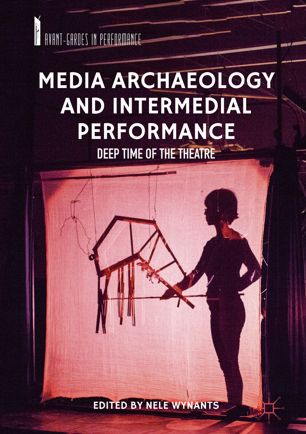

Most ebook files are in PDF format, so you can easily read them using various software such as Foxit Reader or directly on the Google Chrome browser.
Some ebook files are released by publishers in other formats such as .awz, .mobi, .epub, .fb2, etc. You may need to install specific software to read these formats on mobile/PC, such as Calibre.
Please read the tutorial at this link: https://ebookbell.com/faq
We offer FREE conversion to the popular formats you request; however, this may take some time. Therefore, right after payment, please email us, and we will try to provide the service as quickly as possible.
For some exceptional file formats or broken links (if any), please refrain from opening any disputes. Instead, email us first, and we will try to assist within a maximum of 6 hours.
EbookBell Team

5.0
60 reviewsThis book develops media archaeological approaches to theatre and intermediality. As an age-old art form, theatre has always embraced ‘new’ media. To create theatrical effects and optical illusions, theatre makers were ready to integrate state-of-the-art technics and technologies, and by doing so they playfully explored and popularized scientific knowledge on mechanics, optics and sound for live audiences. This book highlights this obvious but often overlooked relation between media developments and the history of intermedial theater. By considering the interplay between present intermedial performances and their archaeological traces, the authors assembled here revisit old and often forgotten media approaches and theatre technologies. This archaeology is understood less as the discovery of a forgotten past than as the establishment of an active relationship between past and present. Rather than treating archaeological remains as representative tokens of a fragmented past that need to be preserved, the authors stress the return of the past in the present, but in a different, performative guise.